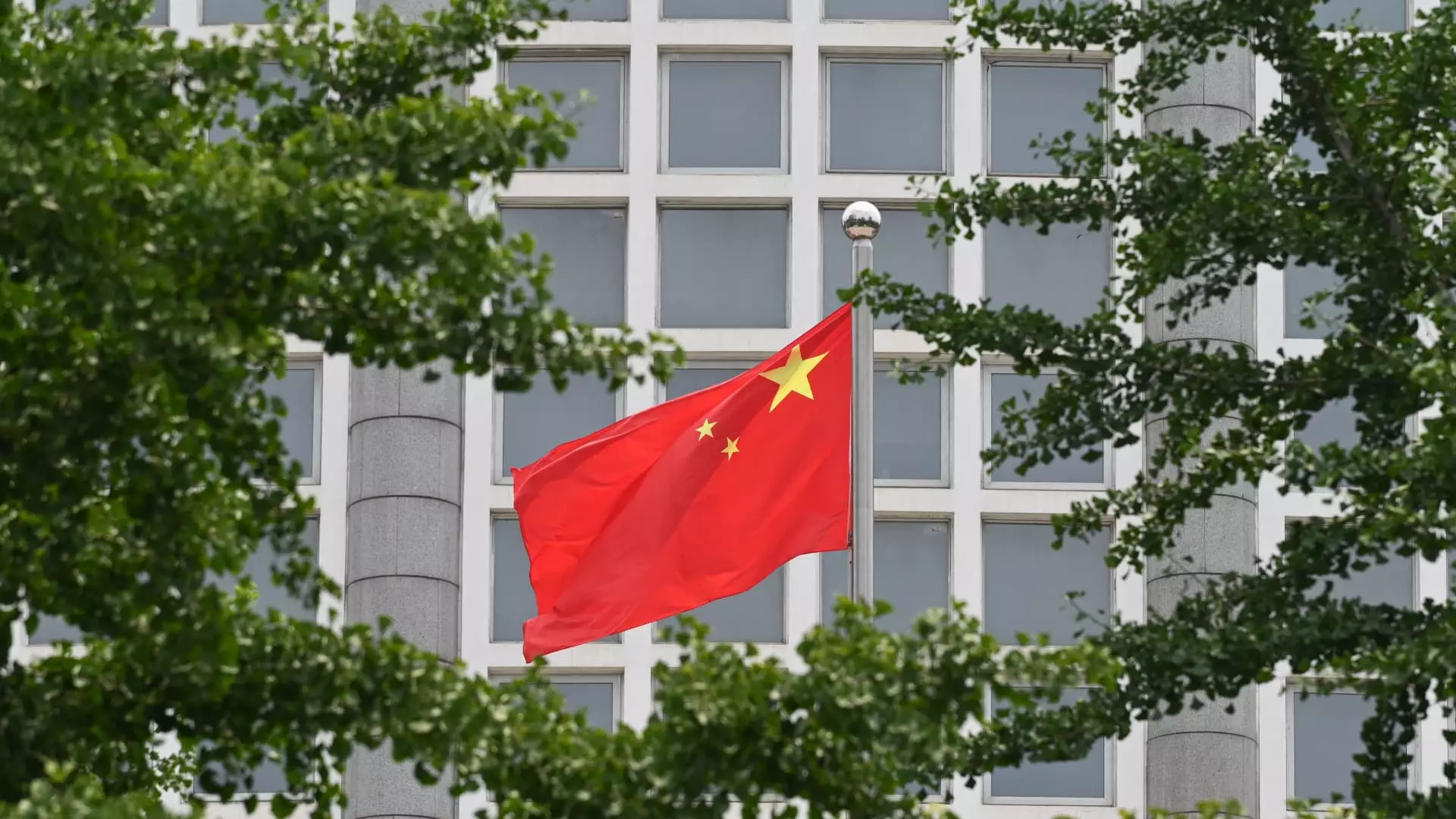The recent press conference held by Zheng Shanjie, Chairman of China’s National Development and Reform Commission (NDRC), has stirred mixed reactions from economists, investors, and the public alike. With no major stimulus plans unveiled, the event highlighted the balancing act that the Chinese government is currently performing—aiming to stimulate a faltering economy while managing expectations and confidence in the financial markets.
The absence of groundbreaking stimulus initiatives during the press conference can be seen as a disappointment to investors who were hoping for a robust plan to revitalize the economy. Although Zheng emphasized the importance of speedy special purpose bond issuance to local governments, which will help support regional growth, the fact that he did not present new sweeping reforms may indicate a cautious approach. This hesitance could reflect a broader apprehension within the Chinese administration regarding the efficacy of past stimulus measures, particularly in light of China’s slow recovery from the post-COVID economic fallout.
Investors greeted the press conference with skepticism, leading to a tempering in the market rally that had spiked significantly after the closing of markets for the Golden Week holiday. The Shanghai Composite Index, CSI 300 blue-chip index, and SZSE Component Index saw strong early trading, but the lack of concrete new policies left many questioning the sustainability of that growth. The question remains: can piecemeal adjustments effectively combat a broader economic malaise, or do they risk creating a fallacy of stability?
Targeted Initiatives Amidst Broader Challenges
Zheng’s announcement of a 100 billion yuan investment plan for the coming year, aimed at boosting domestic consumption and supporting the struggling property sector, appears to focus on tailored initiatives rather than sweeping reforms. This reflects an understanding that while macro-level changes may be necessary, immediate, localized actions could yield quicker, albeit potentially smaller, results. The commitment to issue ultra-long special treasury bonds further signals a willingness to provide necessary funding for local projects, which can directly stimulate local economies.
However, the underlying issues persist: consumption remains lackluster, and property prices continue to slide despite government attempts to stabilize the market. With the Chinese economy growing at a meager 5.0% in the first half of the year, and the GDP growth falling short of expectations in the April-June quarter, it is evident that systemic issues are pressing. The persistent contraction in factory activity, as highlighted by the PMI readings, reinforces concerns over the health of both domestic demand and production capabilities.
Zheng’s acknowledgment of ongoing difficulties suggests that the NDRC is bracing for further economic turbulence. While he spoke of the coordination of various economic policies—fiscal, monetary, and industrial—the effectiveness of such measures is still uncertain. The need for a more robust, unified approach to economic planning is paramount, particularly given the global economic uncertainties driven by geopolitical tensions, trade disputes, and lingering supply chain disruptions.
China’s factory closures, evidenced by a PMI of 49.8 in September, clearly indicate the manufacturing sector is struggling. This contraction, marking the fifth consecutive month of declining activity, sheds light on the labor market’s weakening and the pressing need for a comprehensive strategy to revitalize manufacturing.
The Road Ahead: Balancing Growth and Stability
Moving forward, the Chinese government must find an equilibrium between stimulating growth and maintaining economic stability. Continuous investment in infrastructure, the promotion of domestic consumption, and the stabilization of the real estate market will remain paramount. Furthermore, transparency in policy announcements could bolster investor confidence and energize the markets, fostering a more favorable environment for growth.
As analysts and investors continue to dissect the recent developments, the focus will likely remain on the NDRC’s next steps. If Zheng’s promises materialize into actionable policies, perhaps the initial disappointment will give way to a more sustained optimism concerning China’s economic trajectory. The interplay of immediate measures and long-term reforms will be critical in determining whether China can navigate its current economic challenges successfully.

